I decided to complete my testing of Sony and Leica lenses on the Sony NEX-5 by comparing some Leica lenses to the Sony 18-55 mm zoom. I used three Leica lenses for the comparison:
- The 16-18-21 mm Tri-Elmar, set at 18 mm to match the shortest setting of the Sony zoom
- The 24 mm f/2.8 Elmarit-M ASPH
- The 50 mm f/1.4 Summilux-M ASPH
My conclusions:
- The Tri-Elmar is noticeably crisper than the Sony zoom at 18 mm, but the differences are not night and day.
- At 24 mm, the Sony zoom is starting to soften up quite a bit. On the other hand, the 24 mm Elmarit is substantially sharper than the Tri-Elmar, causing the images produced by the Leica lens to be much better than those produced by the Sony lens.
- The situation at 50 mm is even more striking. The Sony zoom continues to soften, while the Summilux produces the crispest, most punchy image of all the lenses in this group. The differences are truly spectacular.
Here are some examples, all made with the aperture set to f/4, no sharpening, and the camera pointed so that the image that you are looking at is a 1-to-1 pixel crop about two thirds of the way to the upper left corner. The titles are below the images. As before, the best way to critically view these images is to download them to your computer and look at them under magnification. However, the differences in this series are much less subtle than the ones in the previous post, and you may be able to see what you want to see at 1:1.
Sony 18-55 mm zoom, set to 18 mm
16-18-21 mm Tri-Elmar, set at 18
Sony 18-55 mm zoom, set to 24 mm
24 mm f/2.8 Elmarit-M ASPH
Sony 18-55 mm zoom, set to 50 mm
50 mm f/1.4 Summilux-M ASPH
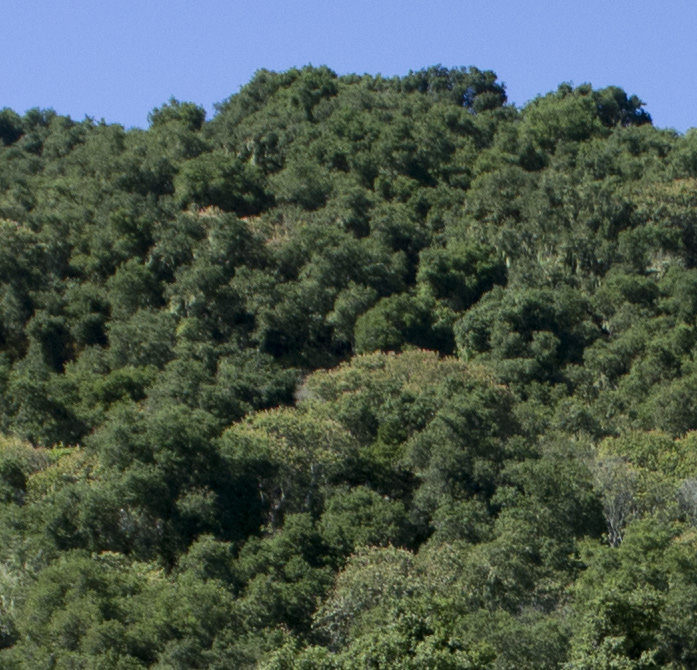
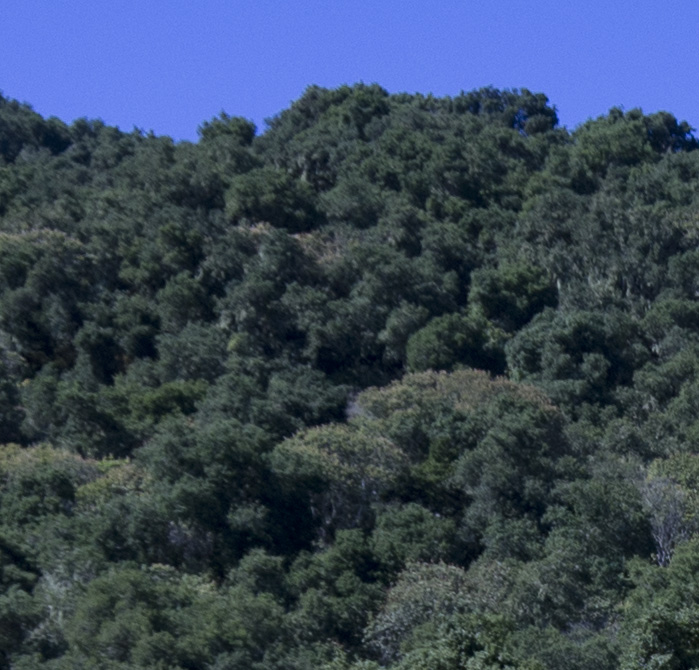
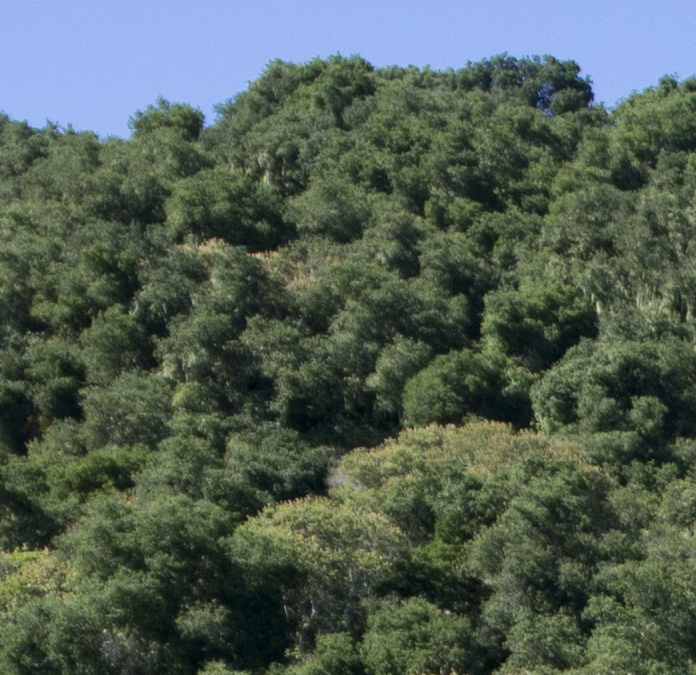

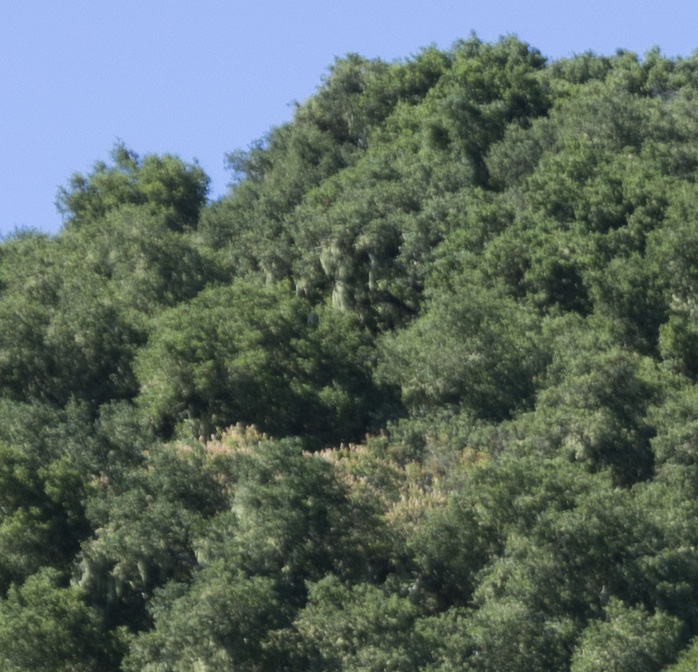
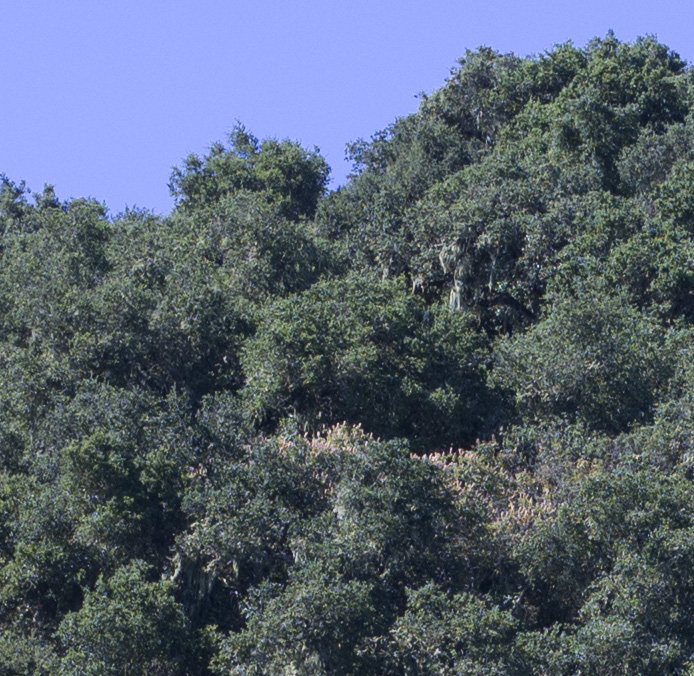
Leave a Reply